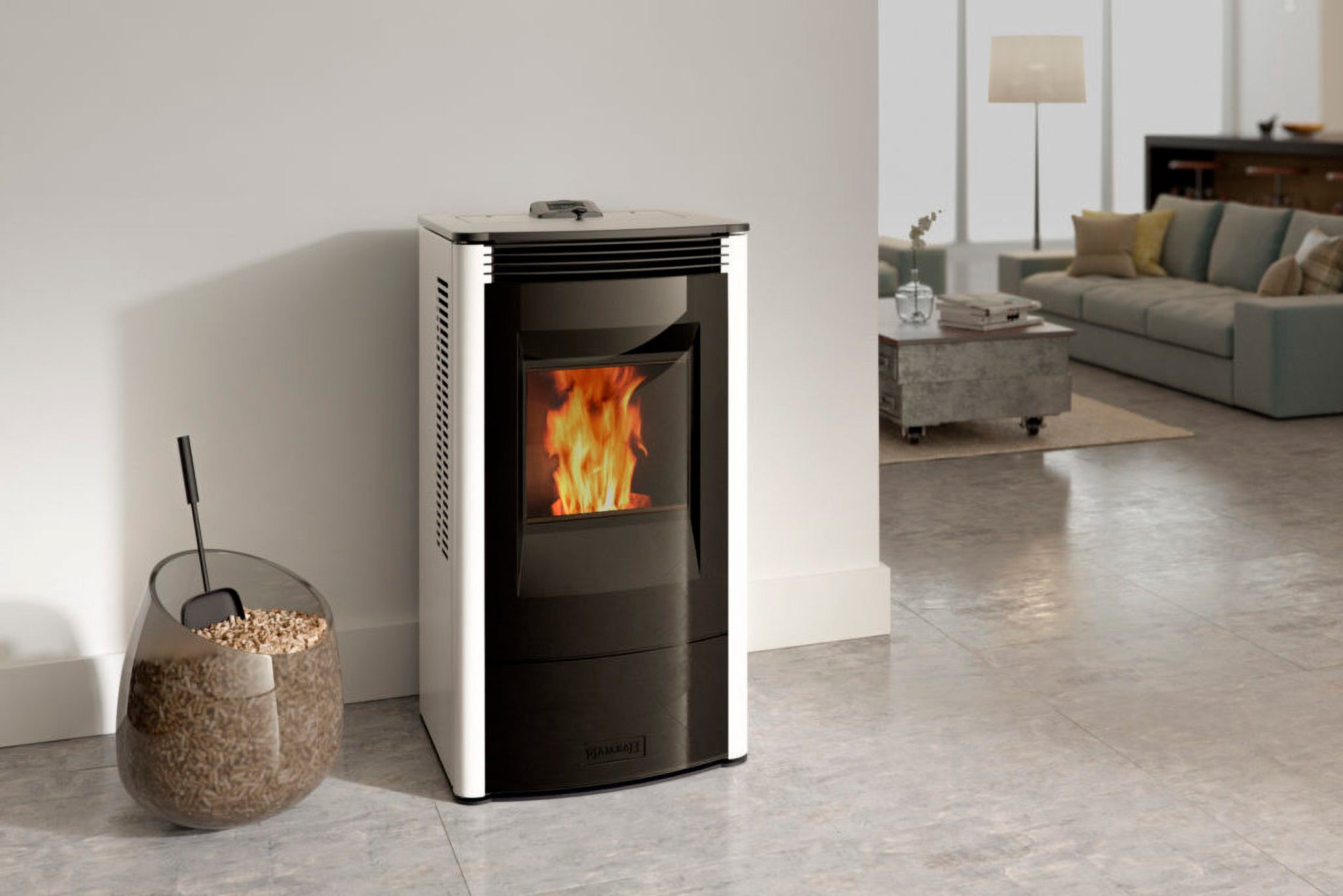A crackling fire in the fireplace is a quintessential image of coziness and warmth during the cold winter months. However, to ensure a satisfying and efficient fire, choosing the right wood is crucial. The type of wood you burn can greatly impact the performance of your fireplace, the heat output, and even the safety of your home. In this article, we will provide a comprehensive guide to help you make informed decisions when selecting firewood for your fireplace.
Factors to Consider:
- Hardwood vs. Softwood: When it comes to firewood, hardwoods and softwoods have different characteristics. Hardwoods such as oak, maple, and ash are denser, burn longer, and produce more heat. Softwoods like pine and spruce, on the other hand, ignite quickly but burn faster and may not provide sustained heat. Hardwoods are generally recommended for longer-lasting fires, while softwoods can be used for quick warmth or kindling.
- Moisture Content: The moisture content of firewood plays a crucial role in its burnability. Wet or green wood contains high levels of moisture and can be difficult to ignite, produce less heat, and create excessive smoke. It is essential to use seasoned firewood, which has been properly dried for at least six months, to achieve optimal burning efficiency. A moisture meter can help determine the moisture content of the wood.
- Split and Seasoned Firewood: To ensure efficient burning, firewood should be split into manageable sizes. Smaller pieces allow for better airflow and combustion. Additionally, properly seasoned firewood should be selected. Seasoning involves drying the wood to reduce its moisture content. Well-seasoned firewood burns cleaner, produces more heat, and creates less creosote buildup in the chimney.
- Local Availability: Consider the availability of different types of firewood in your local area. Some regions may have specific regulations or restrictions on the types of wood that can be burned. Local availability can also affect the cost and convenience of acquiring firewood, as certain wood species may be more abundant or readily accessible.
Conclusion:
Selecting the right wood for your fireplace is essential for creating a warm and enjoyable ambiance in your home. When choosing firewood, consider factors such as hardwood vs. softwood, moisture content, split and seasoned wood, and local availability. Hardwoods are ideal for long-lasting, high-heat fires, while softwoods are suitable for quick warmth or kindling. Properly seasoned firewood ensures efficient burning and reduces the risk of excessive smoke and creosote buildup. Remember to follow local regulations and guidelines for firewood selection and usage.
By making informed choices and investing in high-quality firewood, you can maximize the performance and enjoyment of your fireplace while minimizing potential hazards. So, gather your firewood thoughtfully, and get ready to cozy up by the crackling flames as you create lasting memories with loved ones during the chilly winter evenings.
